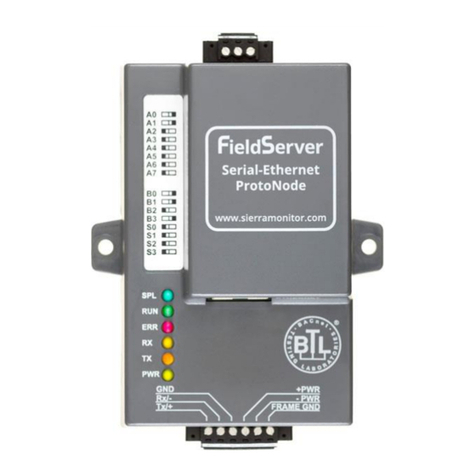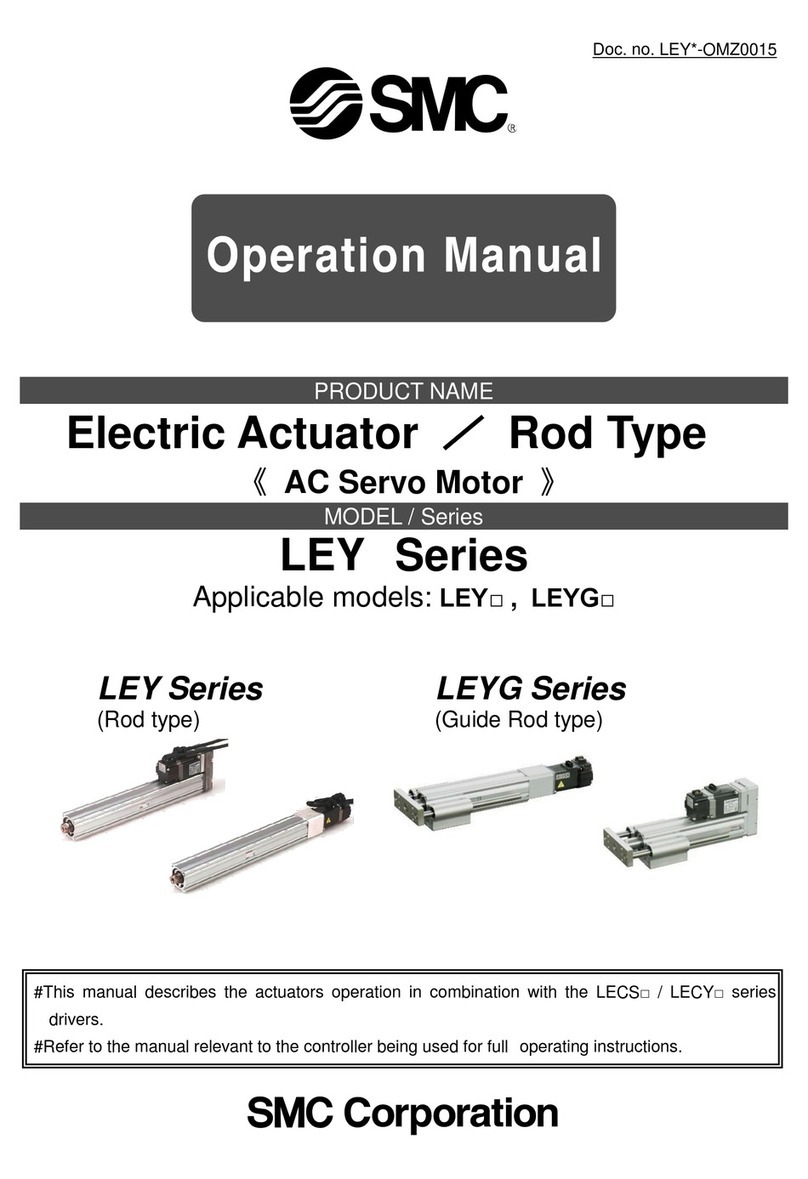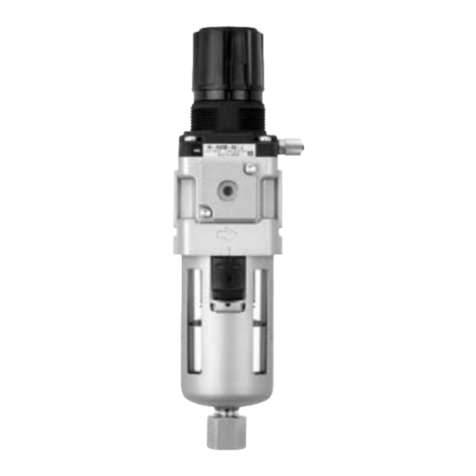SMC Networks LEJS Series User manual
Other SMC Networks Controllers manuals
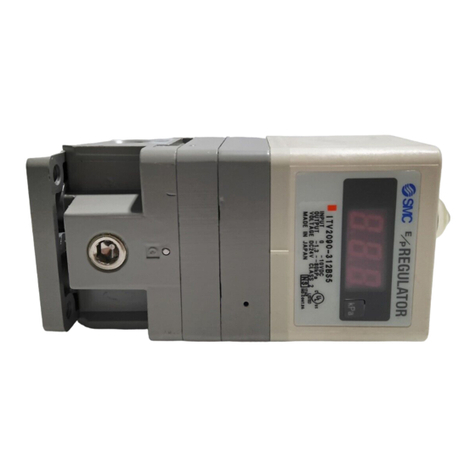
SMC Networks
SMC Networks ITV2000 series Manual
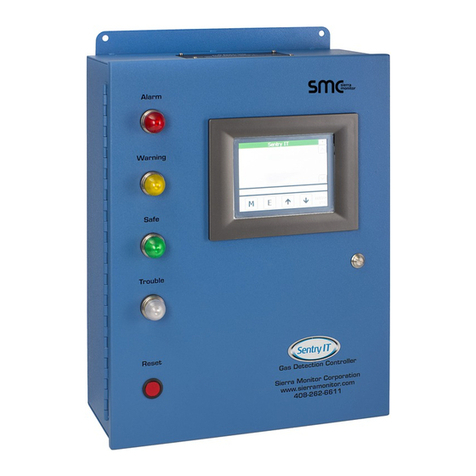
SMC Networks
SMC Networks Sentry 5000-32-IT User manual
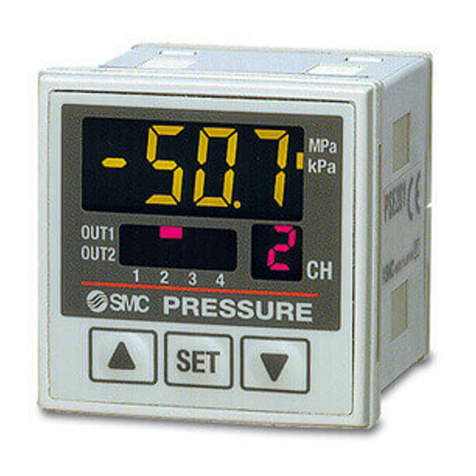
SMC Networks
SMC Networks PSE200-M Series User manual
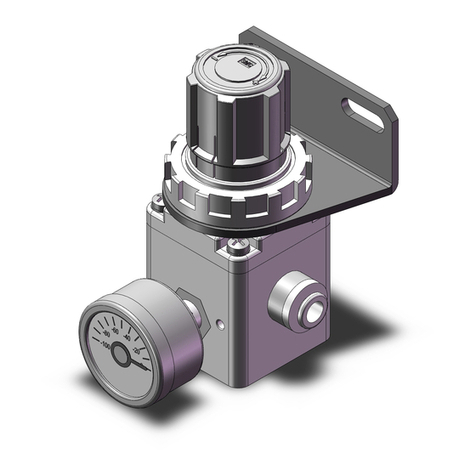
SMC Networks
SMC Networks IRV10 User manual
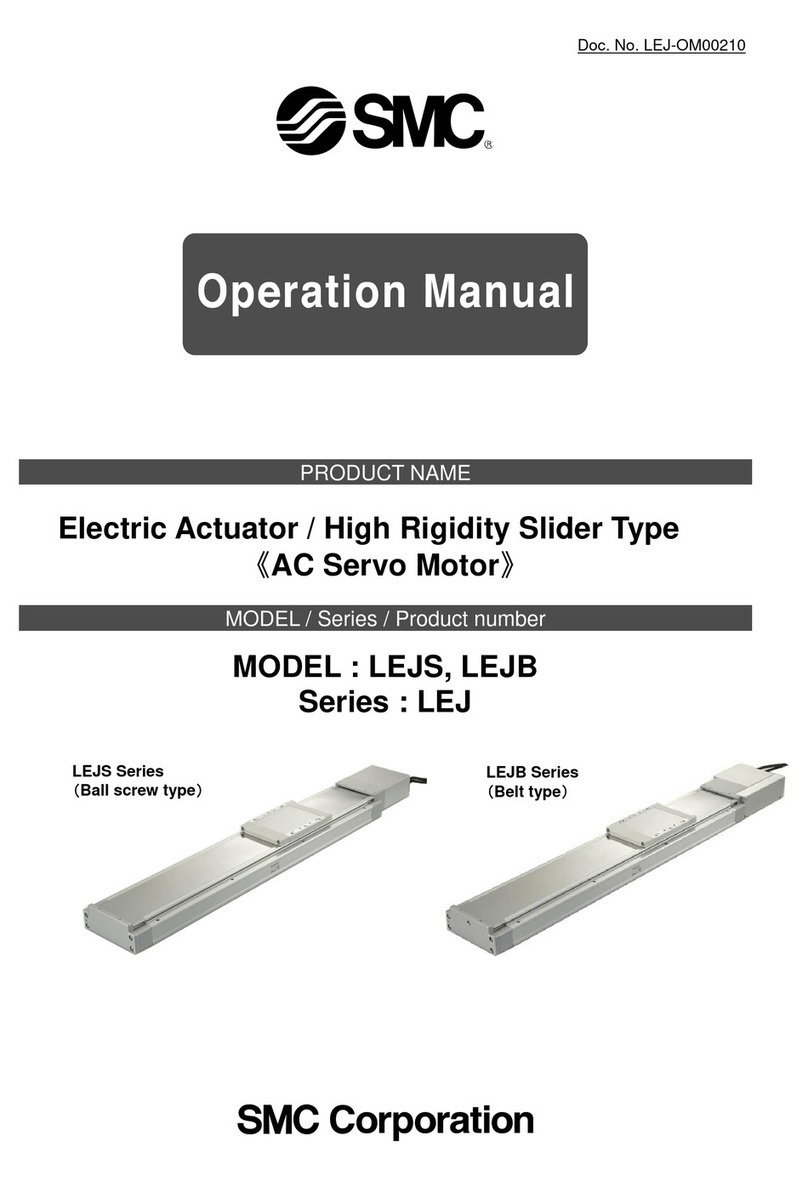
SMC Networks
SMC Networks LEJ Series User manual
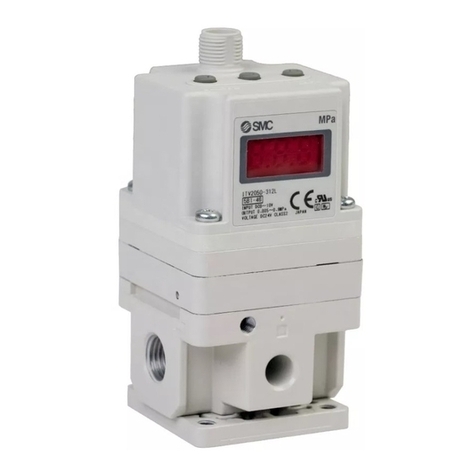
SMC Networks
SMC Networks ITV1000 series User manual
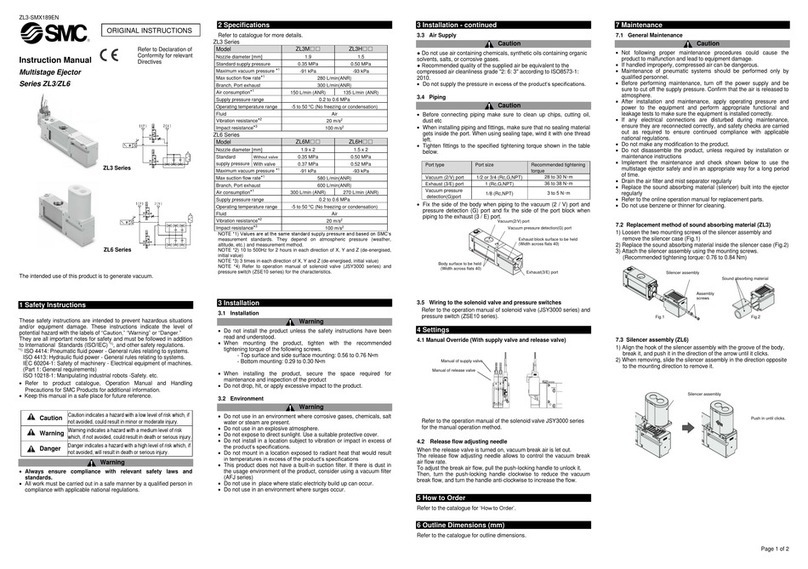
SMC Networks
SMC Networks ZL3 Series User manual
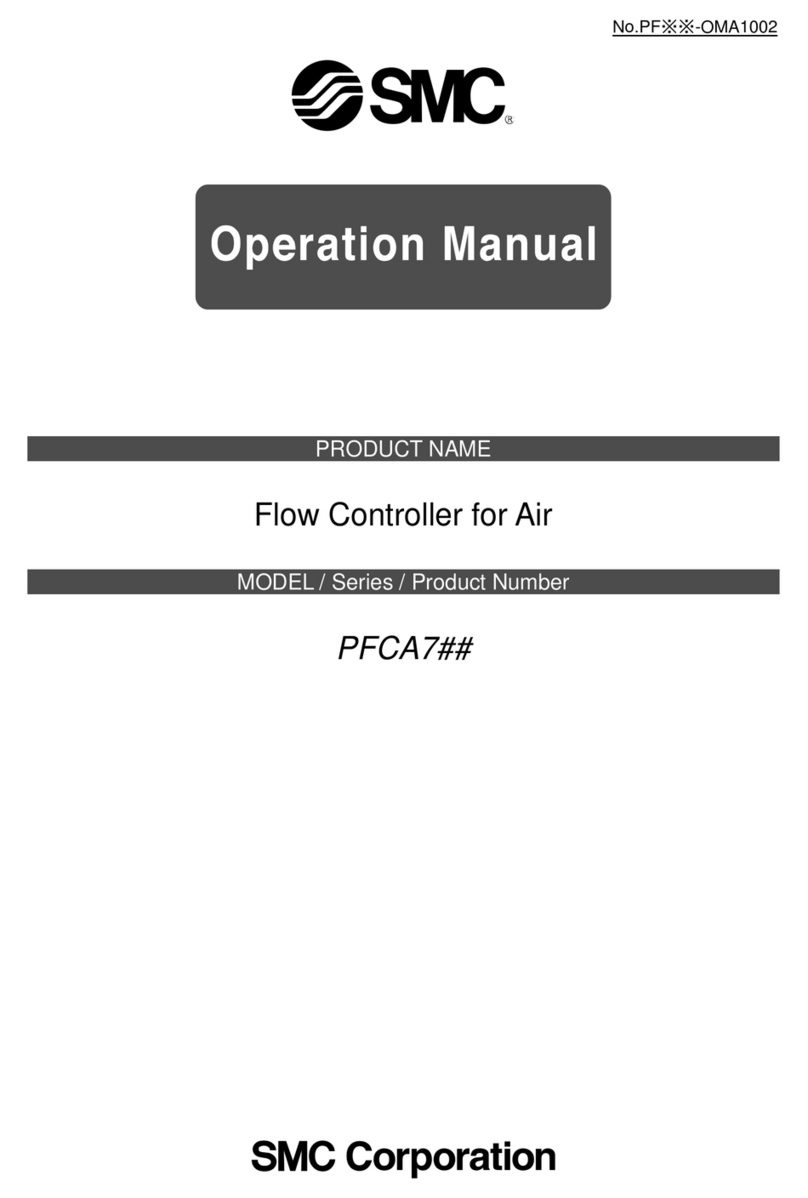
SMC Networks
SMC Networks PFCA7 Series User manual
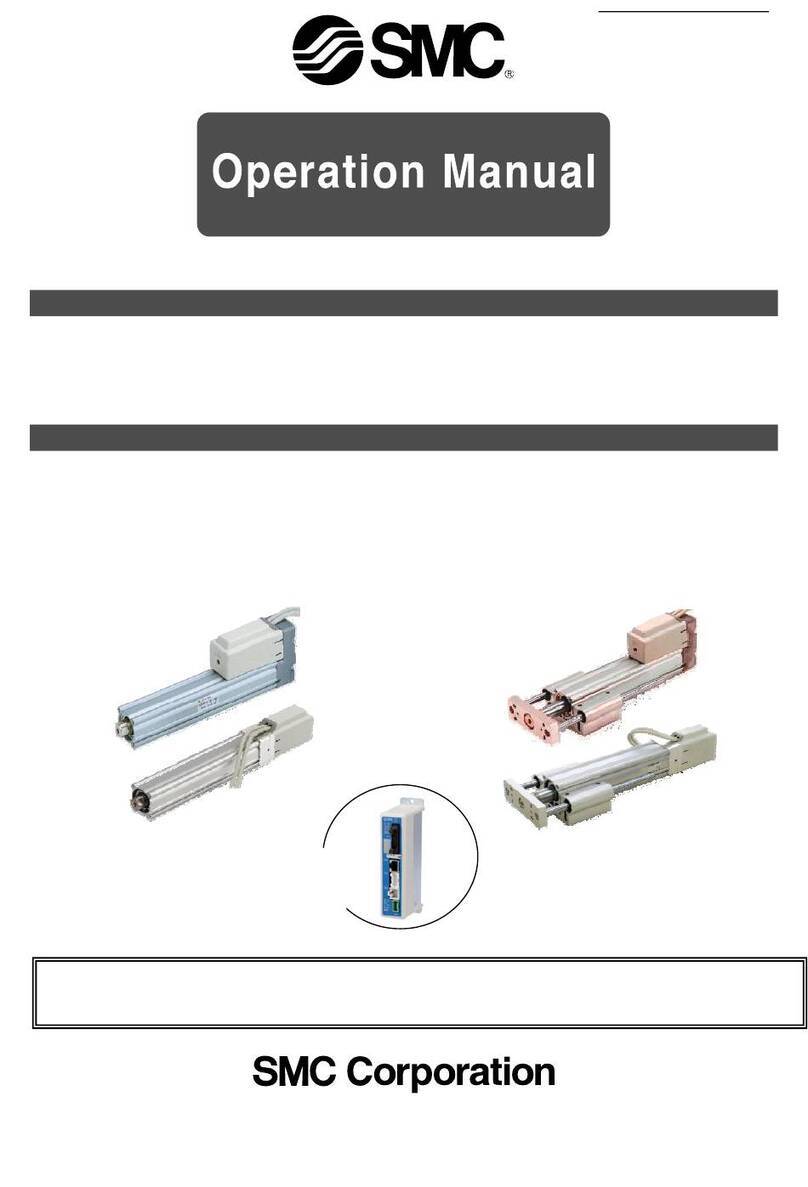
SMC Networks
SMC Networks LEC 6 Series User manual
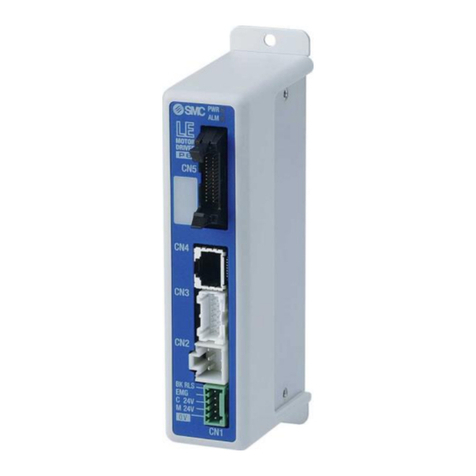
SMC Networks
SMC Networks LECP6 Series User manual
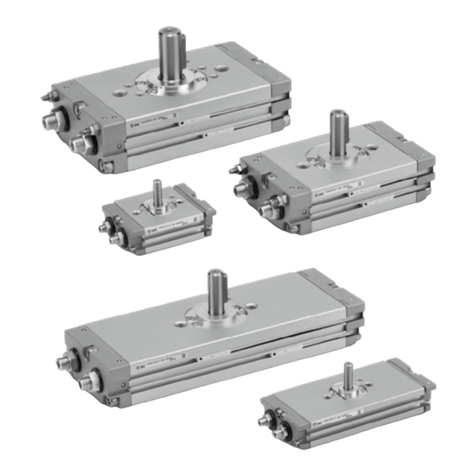
SMC Networks
SMC Networks CRQ2 Series User manual

SMC Networks
SMC Networks AW20-B User manual

SMC Networks
SMC Networks IN-777 Series User manual
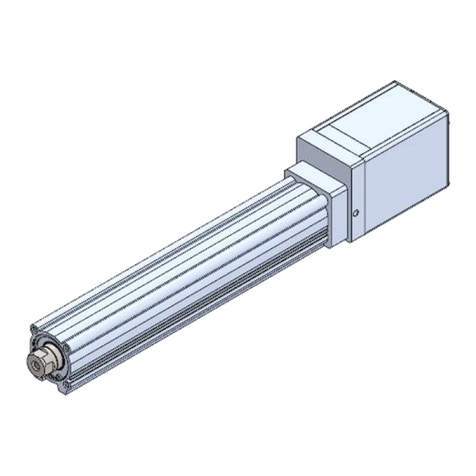
SMC Networks
SMC Networks EQY32 User manual
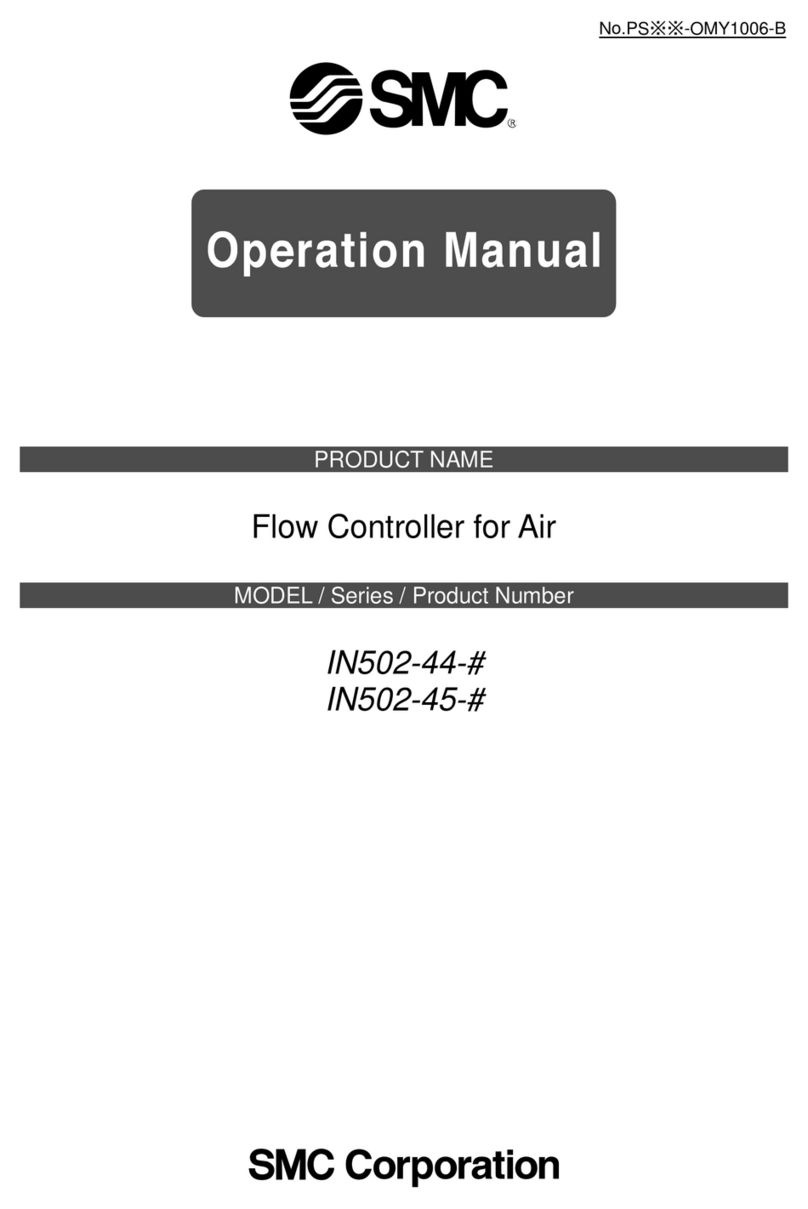
SMC Networks
SMC Networks IN502-44 Series User manual

SMC Networks
SMC Networks ITV0000 Series User manual
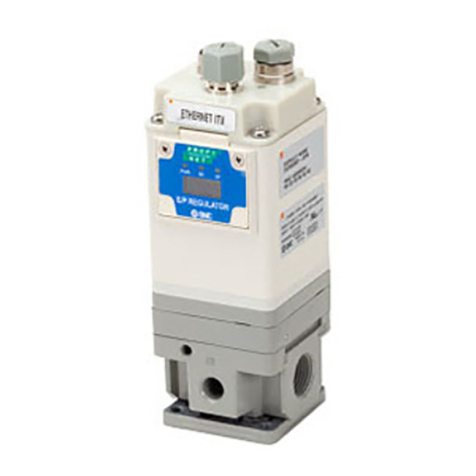
SMC Networks
SMC Networks ITV SEN DUX02357 Series User manual
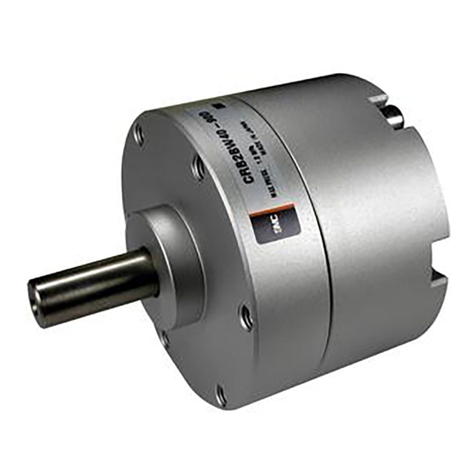
SMC Networks
SMC Networks CRB2BW40 Series User manual
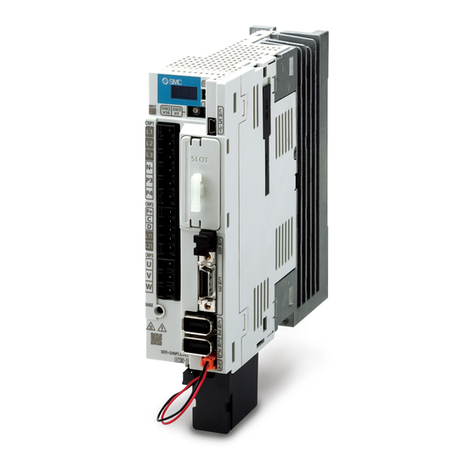
SMC Networks
SMC Networks LECSN-T Series User manual
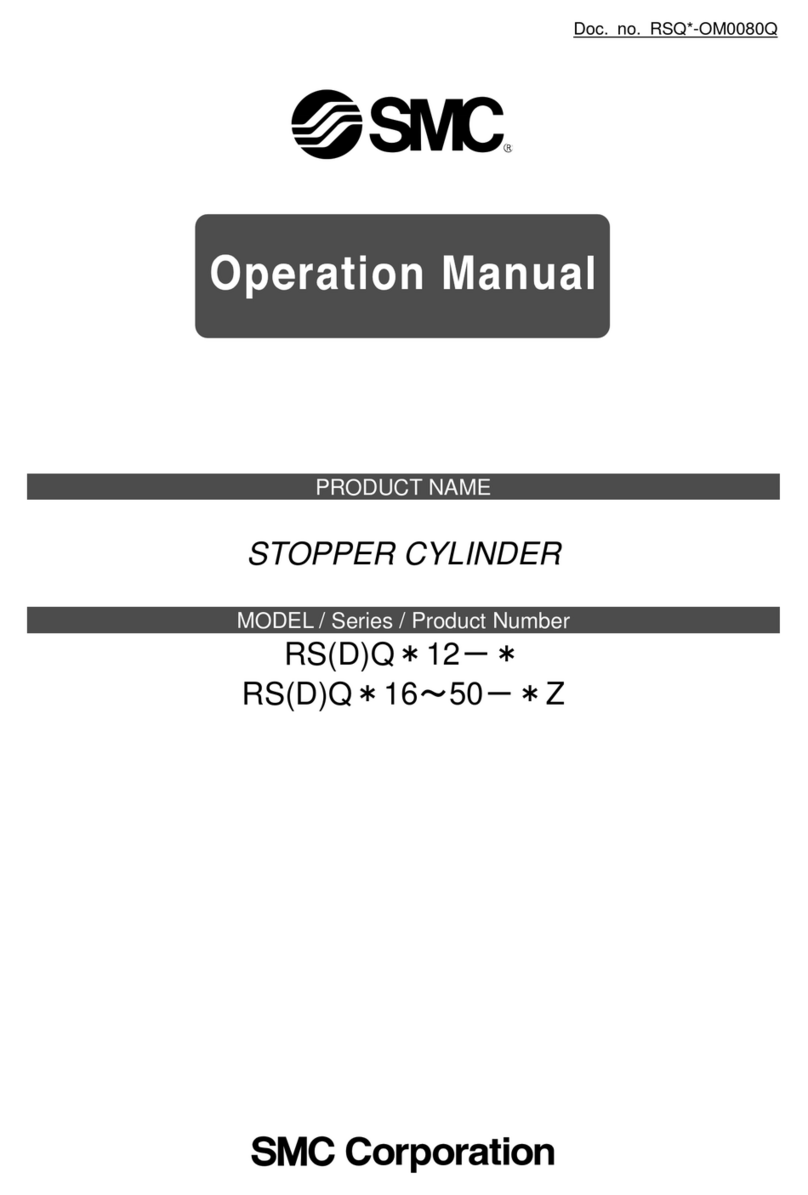
SMC Networks
SMC Networks RSQx12 series User manual
Popular Controllers manuals by other brands

Digiplex
Digiplex DGP-848 Programming guide

YASKAWA
YASKAWA SGM series user manual

Sinope
Sinope Calypso RM3500ZB installation guide

Isimet
Isimet DLA Series Style 2 Installation, Operations, Start-up and Maintenance Instructions

LSIS
LSIS sv-ip5a user manual

Airflow
Airflow Uno hab Installation and operating instructions
